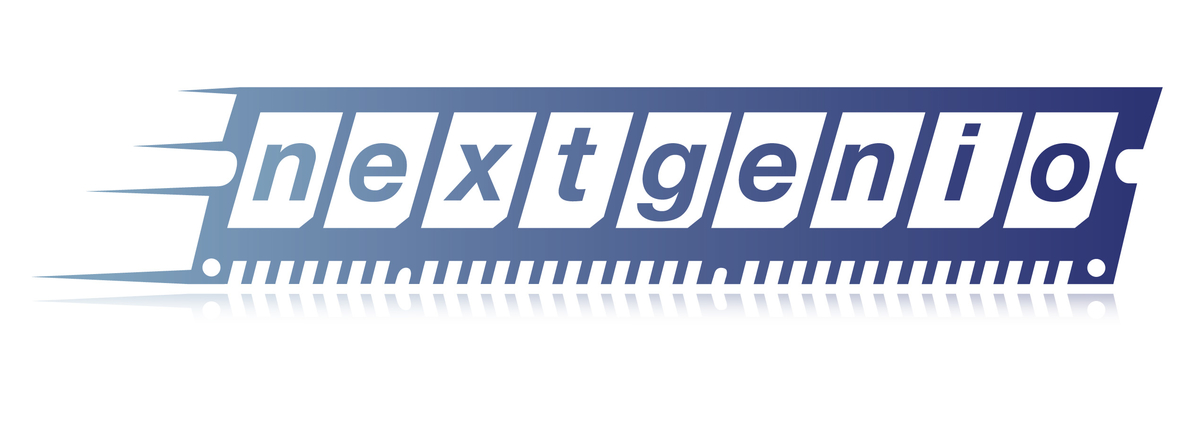Today, the R&D project titled NEXTGenIO announces its successful start. It aims is to develop solutions to high performance computing’s (HPC) input/output (I/O) challenges. BSC will participate actively in this project by adapting its programming model to the new prototype system built around NV-DIMMs.
Today most high-end HPC systems employ data storage separate from the main computer system. As such, the I/O subsystem often struggles to deal with the degree of parallelism present simply because too many processors are trying to communicate with slow disk storage at once. As we move into the domain of extreme parallelism at the Exascale we need to address this I/O challenge if such systems are to deliver appropriate performance and efficiency for their application user communities.
The NEXTGenIO project will explore the use of non-volatile memory technologies and associated systemware developments through a co-design process with three end-user partners: a high-end academic HPC service provider, a global numerical weather centre and a commercial on-demand HPC service provider. A key output of the project will be a prototype system built around NV-DIMMs by Intel and Fujitsu.
The partners will also develop an I/O workload simulator to allow quantitative improvements in I/O performance to be directly measured on the new system in a variety of research configurations. Systemware developed in the project will include performance analysis tools, improved job schedulers that take into account data locality and energy efficiency, optimised programming models, and APIs and drivers for optimal use of the new I/O hierarchy. In particular, the responsibilities of the Barcelona Supercomputing Center (BSC) will be to adapt PyCompSs to this new architecture, and to create a data scheduler to provide a better I/O on each of the nodes. BSC will also work on the different operational modes of the filesystem (load/store, block mode and object mode).
“Computers will suffer a revolution in the near future due to new storage technologies such as NVRAM or Storage Class Memories. Nevertheless, this technological revolution will not be taken to the limit if the software in both the programming model and the system software are not aware of such technologies and the heterogeneity they will help to create. The work BSC will do in this project targets at both the programming model as well as the system software for the next generation of NVRAM devices”, says Toni Cortés, Storage Systems Group Manager at BSC.
About NEXTGenIO
NEXTGenIO started on the 1st October 2015 and is set to run for 3 years. The consortium partners are EPCC, Intel, Fujitsu, Technische Universität Dresden, Barcelona Supercomputing Center, the European Centre for Medium-Range Weather Forecasts, Allinea and Arctur.

